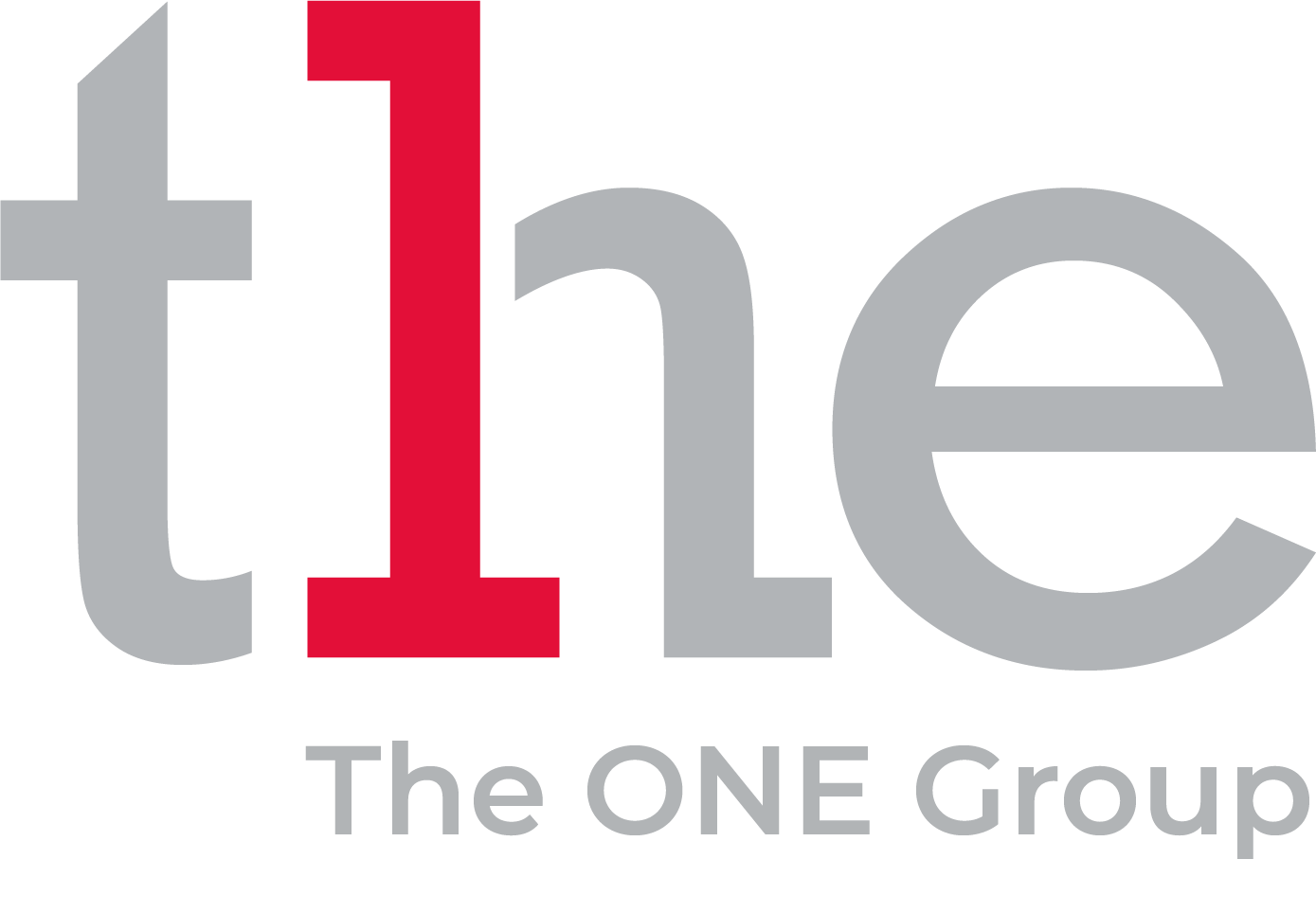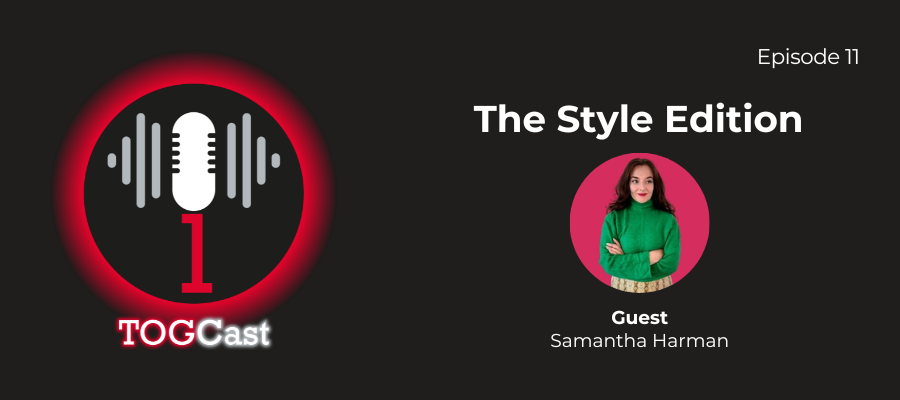In a recent TOGCast episode, style coach Samantha Harman shared her insightful journey into becoming a style coach and the impact of personal style in the workplace. Today, we'll delve into the key points discussed, shedding light on the significance of dressing for success and the challenges faced by individuals and companies in establishing effective dress codes as we transition back to in-person work and grapple with the challenges of hybrid offices. The question of what to wear becomes increasingly pertinent. We'll explore Samantha's advice and experiences, focusing on the impact of style on personal confidence, productivity, and success in the professional realm.
Embracing Personal Style: A Journey of Self-Discovery
Samantha began her journey as a woman in leadership, realising that the topic of what to wear had never been addressed for her or her team. Despite her love for clothes and fashion, societal pressures led her to harbour negative thoughts about herself for many years. Research indicates that women, on average, grapple with 36 negative thoughts about themselves daily, significantly affecting confidence. Samantha's struggles became the catalyst for her transformation into a style coach.
As a leader, Samantha navigated the challenges of maintaining a strong personal brand while helping others with their attire fo interviews and important meetings. This experience revealed the broader impact of clothing choices on confidence and overall performance in the workplace.
The Evolving Landscape of Dress Codes
Dress codes in the workplace are diverse and often ambiguous, causing confusion, especially in the post-pandemic era. Samantha highlights the importance of understanding individual needs, particularly for neurodivergent individuals with unique clothing preferences. The lack of clear communication about dress expectations can affect how employees perceive themselves and, subsequently, their representation of the company.
Samantha emphasises the importance of communication, both at the company and individual levels. Pre-pandemic wardrobes may no longer resonate, leaving individuals feeling disconnected from their clothing choices. Samantha suggests that companies need to communicate expectations clearly, supporting employees through this transition.
Samantha notes an increased interest from HR departments and managers seeking guidance on dress codes, as employees struggle with a range of attire choices post-pandemic. The challenge lies not only in determining appropriate dress but also in training managers to address these issues effectively.
Power Dressing: A Historical Perspective
The term "power dressing" has roots in the 1970s, coined by John T Malloy to address the influx of women into historically male-dominated spaces. Samantha highlights the evolution of power dressing, symbolised by broad shoulders and shoulder pads, epitomised by Margaret Thatcher. However, Samantha emphasises the need to reevaluate these norms after 50 years of societal and cultural changes.
Samantha stresses that power dressing, in contemporary terms, means wearing what makes you feel confident and aligned with your goals. Your wardrobe, she believes, is a tool to support your aspirations. By planning your wardrobe in sync with your career objectives, you can harness the power of clothing to enhance your professional performance.
The Fast-Fashion Dilemma:
There are broader issue within the fashion industry. Samantha highlights the staggering statistics, such as people buying five times more clothes than in the 1980s. She urges individuals to make mindful clothing choices, aligning with her mission to save people time and make them money by helping them feel confident in their attire.
Breaking the Cycle of Impulse Buying
Samantha sheds light on the psychological factors behind purchasing decisions and impulse buying. She challenges the notion of waiting for the "right occasion" to wear an outfit, urging individuals to embrace their desired identity today rather than postponing it for the future.
Navigating Workplace Challenges:
Samantha delves into clothing challenges specific to the workplace, such as job interviews and gender bias. To assist with these challenges, Samantha suggests researching a company's culture and incorporating colours strategically to evoke confidence, health, or support. She emphasises the importance of standing out and being memorable, as personal brands often garner more engagement than company brands.
Clothing as a Form of Personal Branding:
Samantha shares personal anecdotes about leveraging clothing as a form of personal branding. She highlights the societal tendency to judge based on appearance and the psychological concept of "enclothed cognition." The idea is that the clothes we wear influence our behaviour and performance. Samantha advises individuals to consider their clothing choices as a tool for communicating their credibility and personal brand.
Individual Empowerment through Style:
On an individual level, Samantha encourages introspection about personal goals and feelings. She proposes a simple yet powerful concept: wear clothes that make you feel the way you want to feel. By aligning clothing choices with emotional states, individuals can enhance their confidence and overall well-being. Samantha acknowledges that this may sound basic, but the impact on one's day can be significant.
Unlocking the Potential of Your Wardrobe
Samantha's unique approach involves assessing an individual's wardrobe to understand their self-perception, goals, and emotions. A wardrobe, she argues, is not merely a collection of clothes but a reflection of one's mindset and emotional state. Clients are encouraged to identify their big dreams and use their wardrobes as a tool for empowerment.
In conclusion, Samantha Harman's insights provide a fresh perspective on the intersection of style and the workplace, reminding us that style goes beyond aesthetics - it's a powerful tool for self-expression and success in the workplace. Emphasising the need for a thoughtful approach to dress codes and personal empowerment through clothing choices. Her journey and expertise offer valuable lessons for individuals and organizations aiming to navigate the ever-evolving landscape of workplace style.

